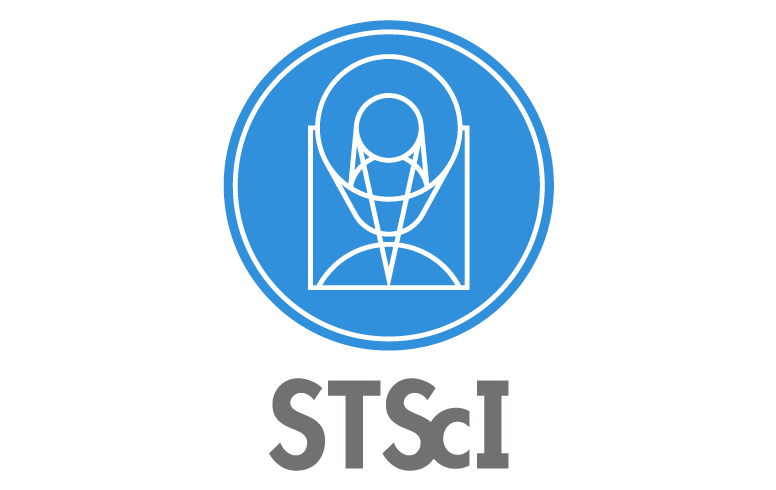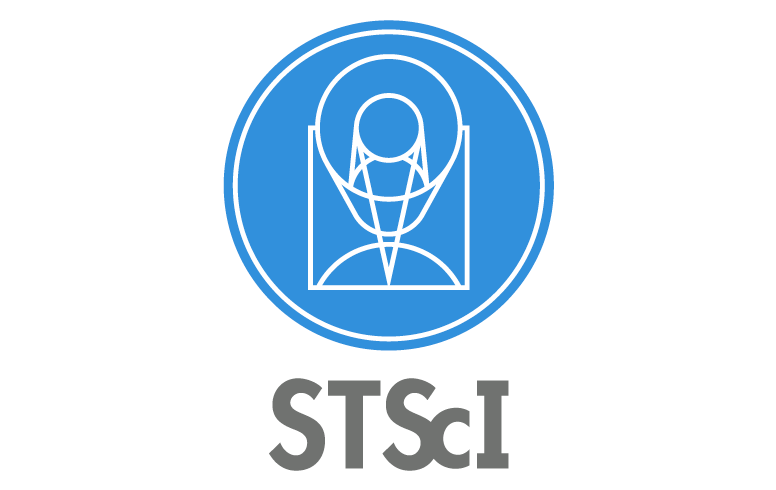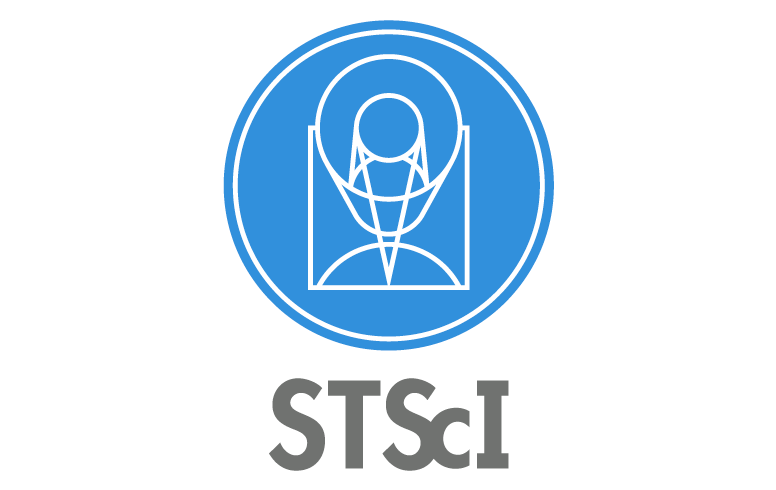
The terrestrial geologic record from actual rocks extends back to about 4.02 billion years ago (4.02 Ga). Before that time, what we know of the environment of the earliest Earth’s surface from the time of formation to the start of the continuous rock record is constrained by inferences derived from chemical and isotopic studies of the oldest zircon grains (Zr-orthosilicate minerals) as old as 4.38 Ga found in younger rocks, physics of stars and how planets form, and molecular phylogeny. Silicate planets form hot, but cool on timescales shorter than the tectonic cycle. Bolide impacts subsequently become important modifiers of surface environments, but after the planetary “re-set button” was hit by the Moon-forming event, were more beneficial than deleterious to early forms of life. Surface temperatures were likely warm enough to stabilize liquid water even with a fainter young Sun since ca. 4.4 Ga. The oldest meta-igneous rocks are interesting in that aside from their antiquity, they are rather mundane mid-crustal lithotypes. Evidence from the Hadean zircons points to extensive recycling of crust at underthrust zones (plate tectonics?), generation of granitoid melts and of (widespread?) continental crust and liquid water.
The oldest know meta-sediments (ca. 3.81-3.83 Ga) preserve chemical and isotopic signatures consistent with (but not proof of) elemental Sulfur metabolism, N-fixation, CO2-fixation, and photoferrotrophy. In sum, by the time the continuous rock record starts at ~3.7 Ga, all of the key features of the habitable Earth were already in place. To place firmer constraints on the establishment of the habitable Hadean, we need to find yet older rocks. I will provide an update on this quest.
 Contemporary Water and Habitability of Mars
Contemporary Water and Habitability of Mars Astrobiology and the Antropocene Epoch
Astrobiology and the Antropocene Epoch Planets, Life, and the Universe Lecture Series (2009 - Present)
Planets, Life, and the Universe Lecture Series (2009 - Present) Blood Falls: Portal Into an Antarctic Subglacial Microbial World
Blood Falls: Portal Into an Antarctic Subglacial Microbial World